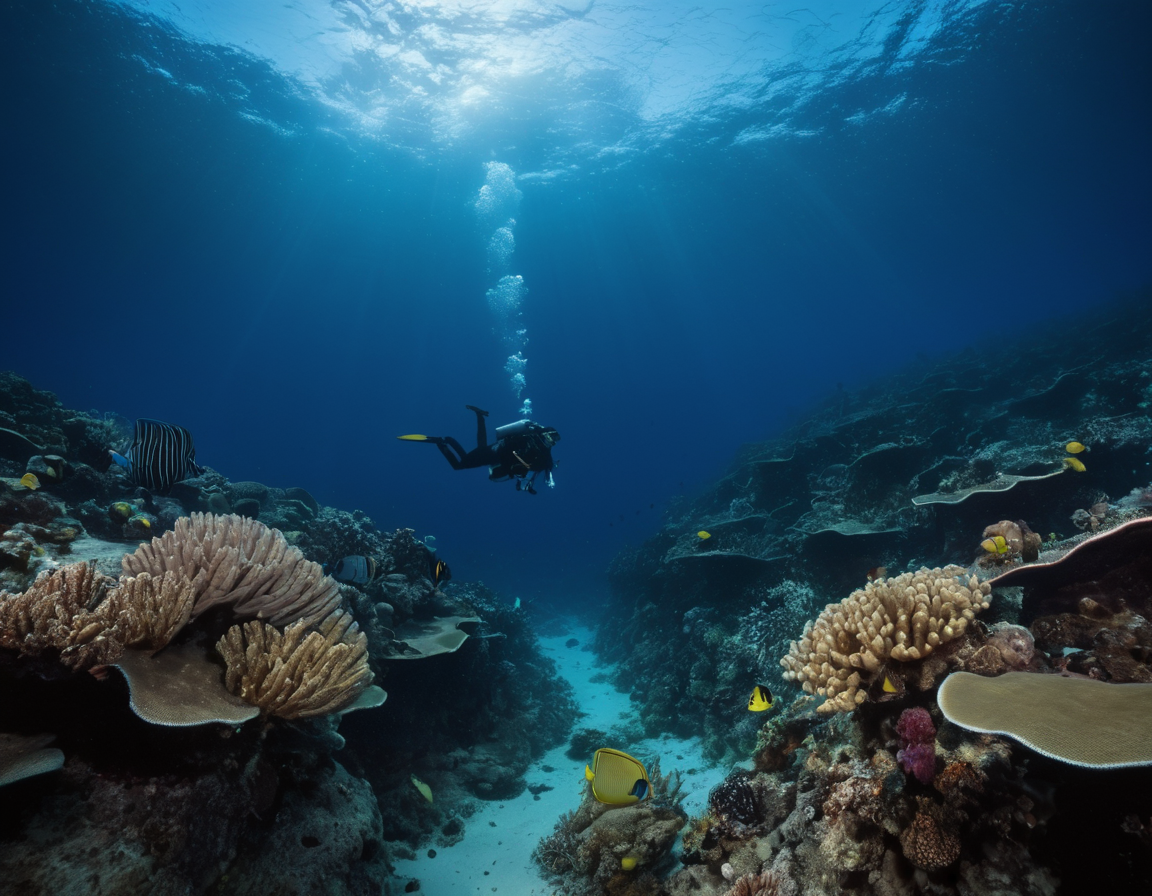Exploring the Depths of the Mariana Trench: Earth’s Final Frontier
Unveiling the Mysteries of the Mariana Trench
Welcome to a journey to one of Earth’s most enigmatic and least explored places—the Mariana Trench. Located in the western Pacific Ocean, this crescent-shaped scar in the Earth’s crust offers a wealth of scientific mysteries and natural wonders. 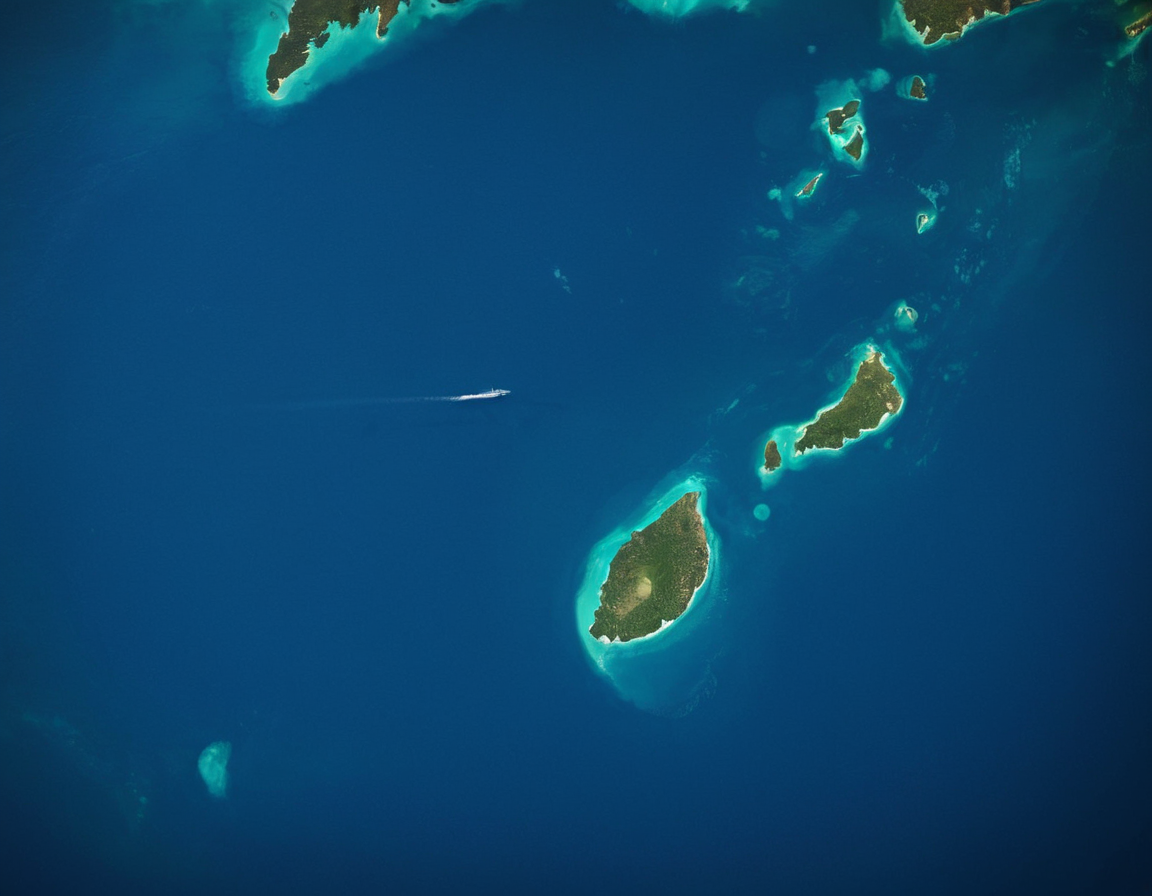 Let’s delve into what makes the Mariana Trench a topic of endless fascination and why it’s crucial for scientific discovery.
Let’s delve into what makes the Mariana Trench a topic of endless fascination and why it’s crucial for scientific discovery.
Understanding the Mariana Trench
The Mariana Trench is the deepest part of the world’s oceans, reaching a depth of nearly 11,000 meters (36,000 feet) at its deepest point, known as the Challenger Deep. To put this into perspective, if Mount Everest was placed inside the trench, its peak would still be underwater by more than 2 kilometers (1.2 miles)!
Discovered in 1875 during the Challenger expedition, it has been a subject of intrigue ever since. The trench’s extreme depth and pressure conditions create an environment so harsh that it’s been less explored than the surface of the Moon. 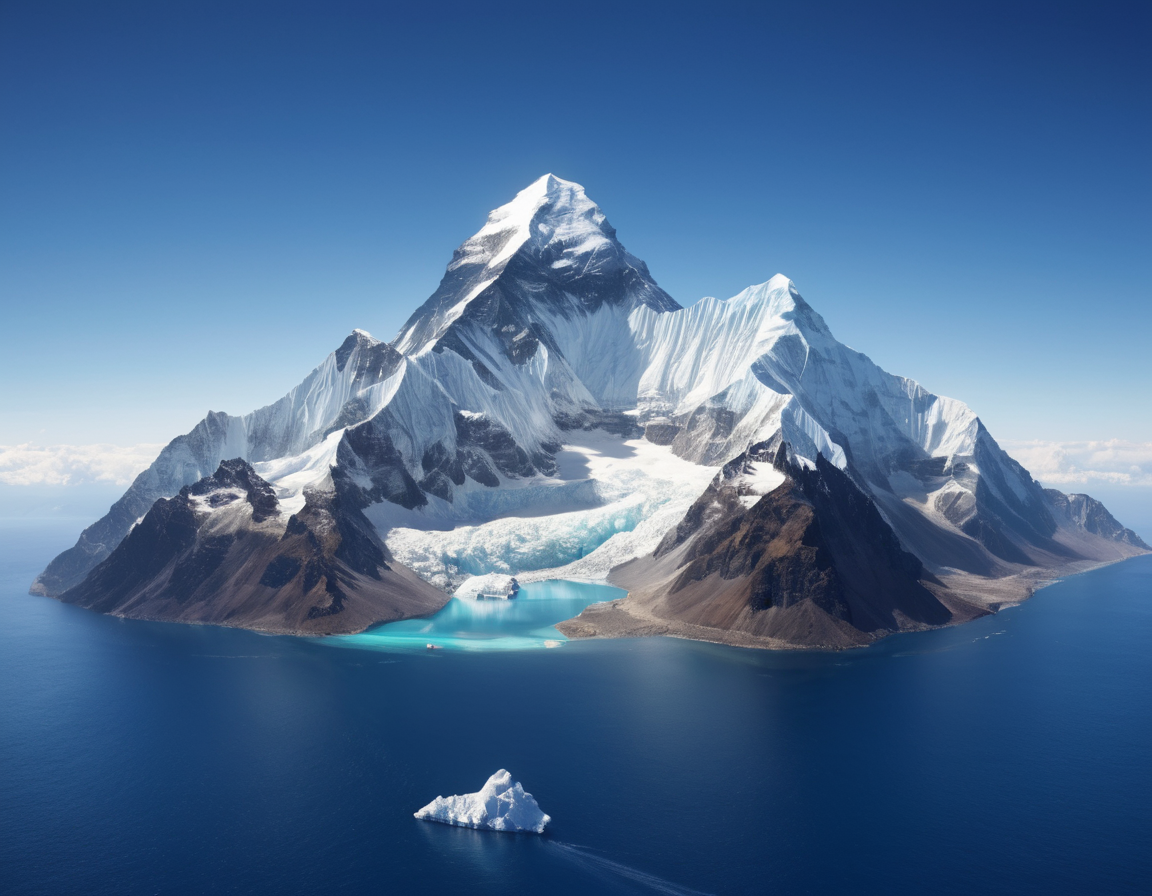 Understanding the trench’s geology, biology, and ecology is vital to unravel the mysteries of deep-sea life and Earth’s geological history.
Understanding the trench’s geology, biology, and ecology is vital to unravel the mysteries of deep-sea life and Earth’s geological history.
Life in the Depths
Despite the extreme pressure, darkness, and cold, life thrives in the Mariana Trench. Microorganisms are abundant, and creatures like the amphipods and snailfish have adapted to survive in this hostile environment. These organisms can give us insights into the limits of life on Earth and help in the search for extraterrestrial life.
Recent expeditions have discovered dozens of new species, hinting at the untapped biological diversity hidden in the trench’s depths. The trench also plays a role in carbon cycling, as the bodies of dead sea creatures that sink to the bottom are decomposed by the unique bacterial fauna, sequestering carbon in the ocean floor. 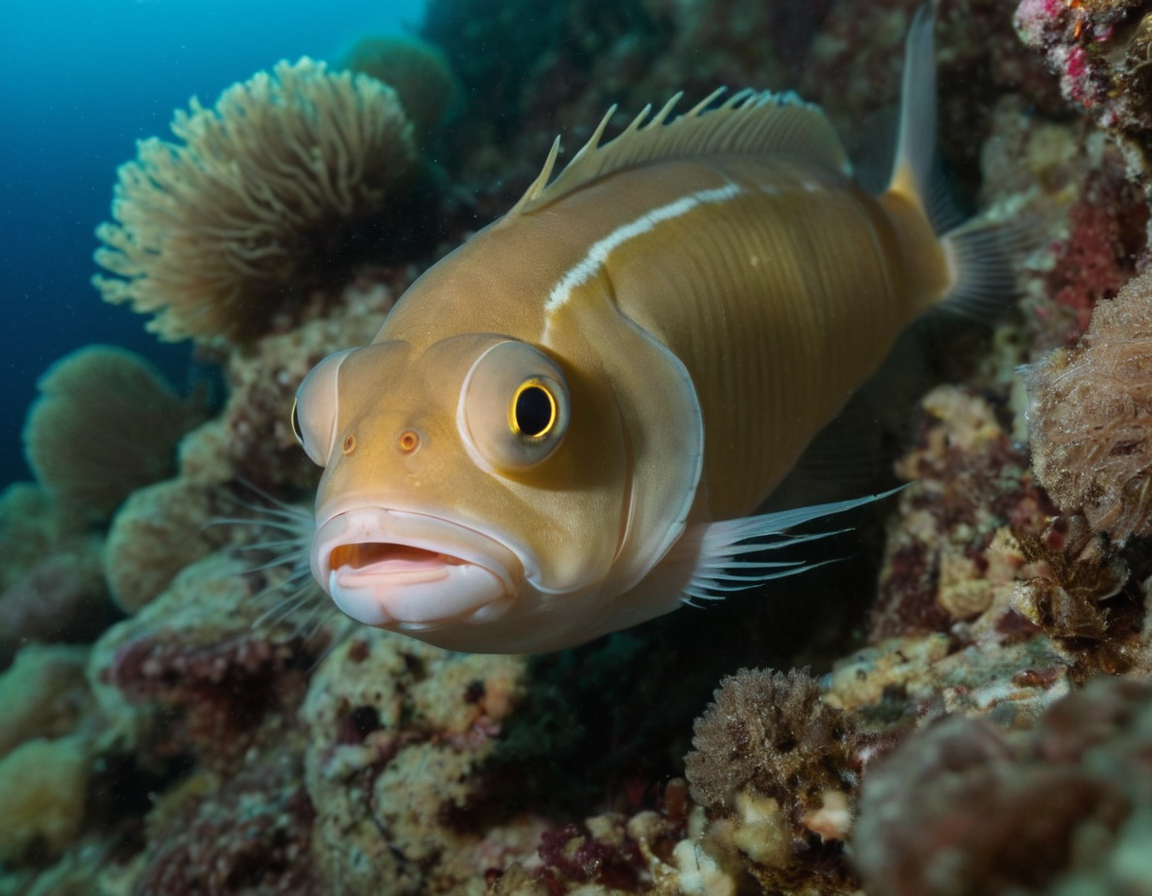
The Trench’s Role in Science and Conservation
Studying the Mariana Trench offers opportunities to understand plate tectonics, as it’s located at the site where two tectonic plates converge. It also serves as a natural laboratory for research on climate change, as sediment cores can reveal ancient climate data.
As we push the frontiers of ocean exploration, the trench’s unexplored ecosystems are at risk from human activities like deep-sea mining and pollution. Preserving this unique environment is vital, as its destruction could mean the loss of invaluable scientific knowledge and biodiversity. 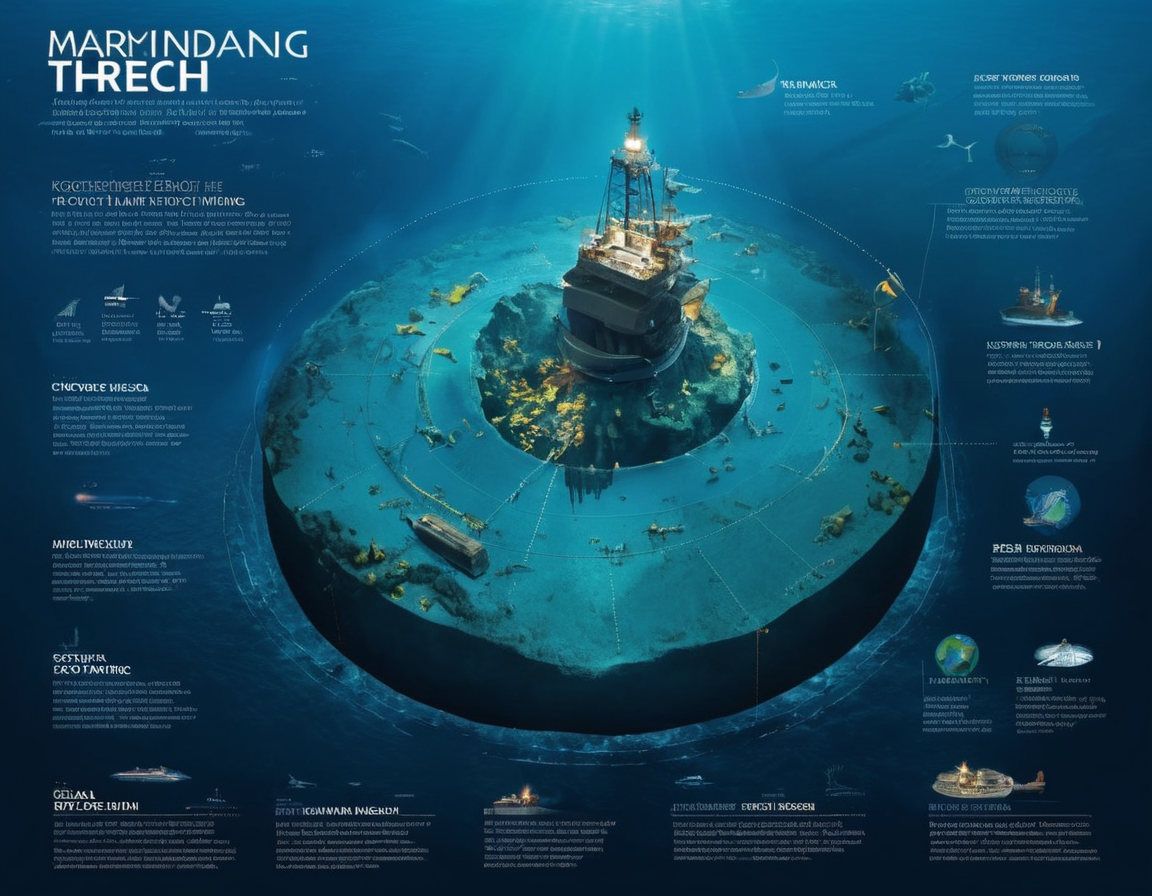
Conclusion
The Mariana Trench is a testament to the Earth’s dynamism and a reminder of the vast unknowns that still await discovery. As we continue to explore this enigmatic part of our planet, we must also commit to its preservation. The mysteries of the deep are a treasure trove of scientific knowledge, holding secrets that could benefit mankind, and must be protected for future generations.
Join us in advocating for the protection and exploration of the magnificent Mariana Trench—our planet’s final frontier. 